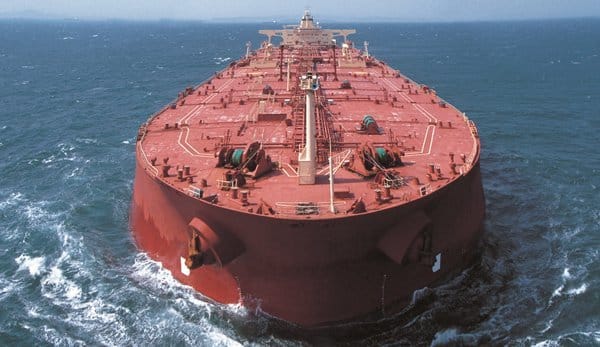The market impact of an ageing VLCC fleet
VLCC Market Faces Supply Challenges Amid Ageing Fleet

The Very Large Crude Carrier (VLCC) market is undergoing significant transformations as the global fleet expands while older vessels struggle with efficiency. The rise of the so-called “dark fleet,” which includes ageing ships now operating in less regulated markets, is reshaping trade dynamics. This shift presents new challenges for the tanker industry, necessitating a deeper understanding of evolving market conditions.
Shifting Dynamics in VLCC Operations
Traditionally, VLCCs would exit active trading after 18 to 20 years, often being scrapped or repurposed for storage. Just five years ago, it was standard for tankers in this age range to be gradually phased out, ensuring a balanced supply in the global VLCC market. This cycle helped maintain market stability by controlling fleet growth. However, recent geopolitical shifts and sanctions have disrupted this norm.
Older vessels, once deemed inefficient, are now finding renewed opportunities in less regulated markets, particularly in transporting crude oil from sanctioned nations. Currently, approximately two-thirds of VLCCs over 15 years old are still in active service, with nearly 90% of these engaged in sanctioned trades involving oil from Russia, Iran, or Venezuela. If these vessels lose their sanctioned business, they may struggle to reintegrate into mainstream markets due to concerns over maintenance and ownership transparency.
Moreover, the delivery of new VLCCs has slowed significantly, with only one new vessel launched last year and five expected this year. Although projections indicate a rise to around 30 new deliveries next year, this figure remains below the historical average of 40. Shipowners are hesitant to place new orders, awaiting clarity on future fuel technologies, which has contributed to the slowdown in newbuilds.
Russian crude oil exports to India in August at lowest level since beginning of the year
Ageing Fleet and Declining Efficiency
The average lifespan of a VLCC has extended beyond 20 years, but efficiency is declining sharply. Vessels younger than 13 years maintain stable trading patterns, averaging over five cargoes annually. However, those older than 13 years face increased restrictions, often relegating them to shorter routes, which paradoxically boosts their voyage numbers. Beyond 18 years, efficiency drops significantly, with trading capacity declining by about 10% each year due to stricter regulations and a dwindling number of charterers willing to engage older ships.
Excluding sanctioned trades, the utilization of VLCCs plummets from 18 years onward, nearing zero by the time a vessel reaches 20 years. Despite the VLCC fleet increasing by over 100 ships in the past five years, the actual operational growth is closer to just 60 vessels. Looking ahead, an estimated 70 new VLCCs are expected to enter the market within the next three years, suggesting an 8% nominal capacity increase. However, due to the declining efficiency of older ships, the effective supply growth is projected to be only 1%.
This discrepancy creates a market scenario where, despite an expanding fleet, the number of vessels available for efficient trading remains limited. As the supply tightens, competition for viable tonnage intensifies, leading to upward pressure on freight rates. The VLCC market is poised for a challenging period, where understanding the true state of supply requires a focus on age, trading patterns, and operational efficiency rather than just the number of ships in circulation.
